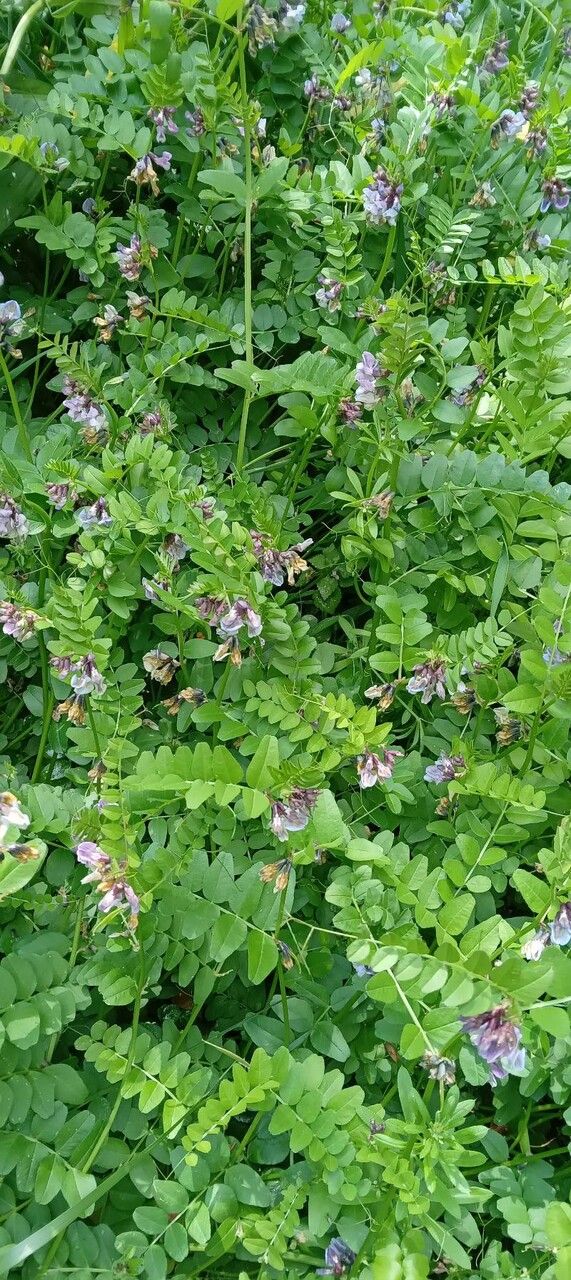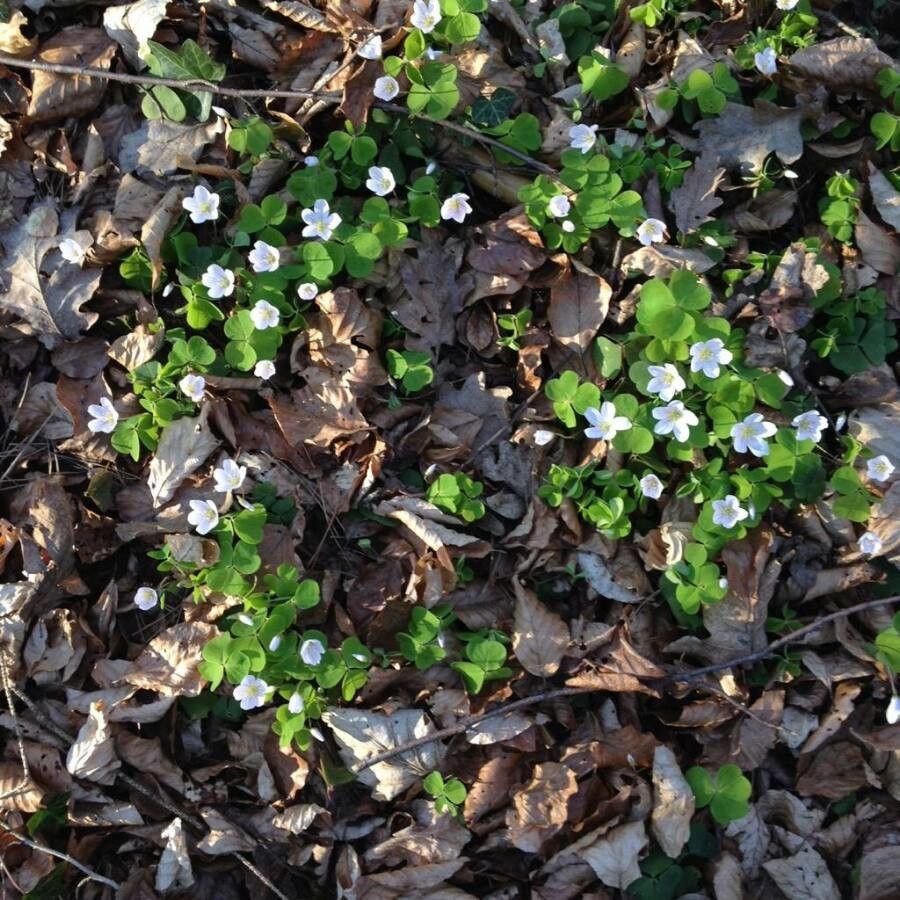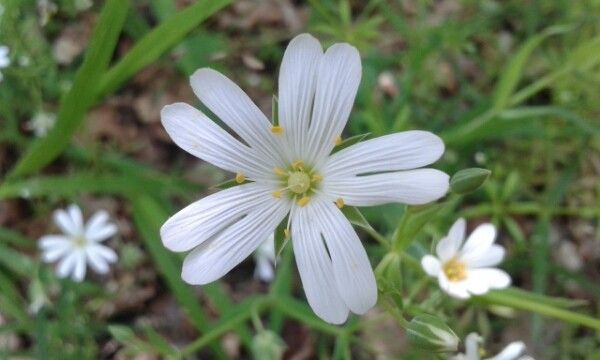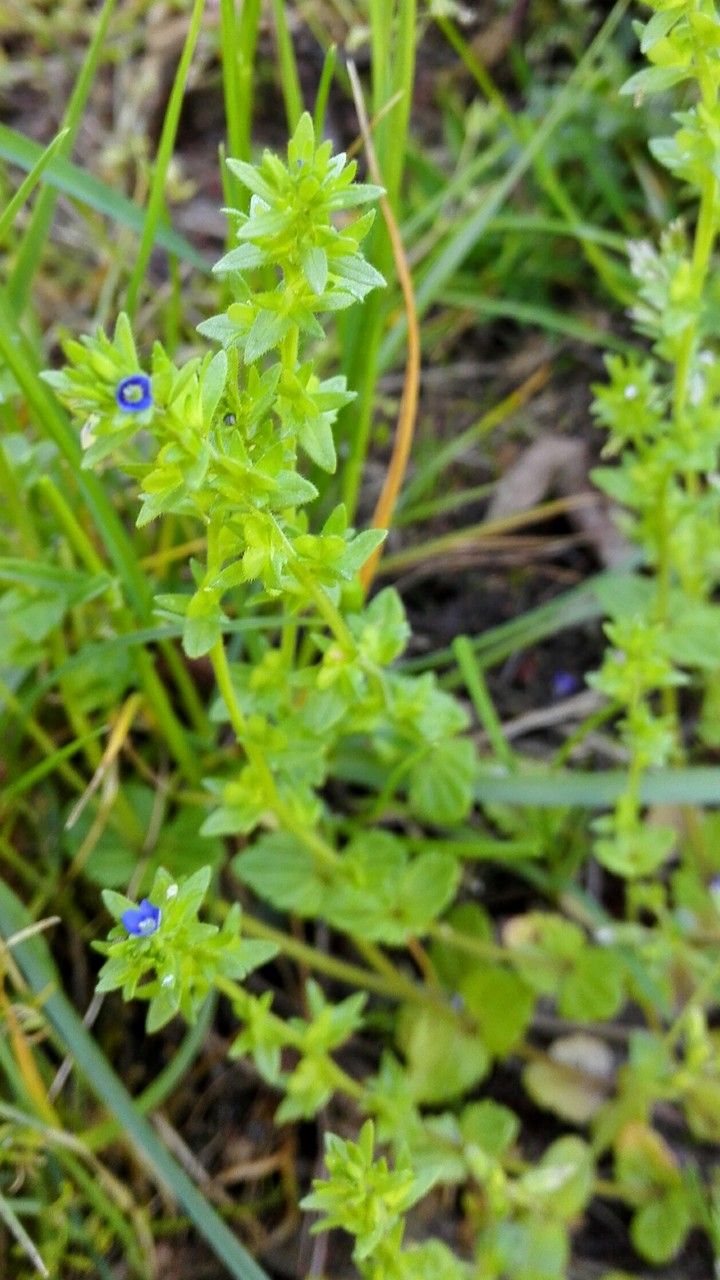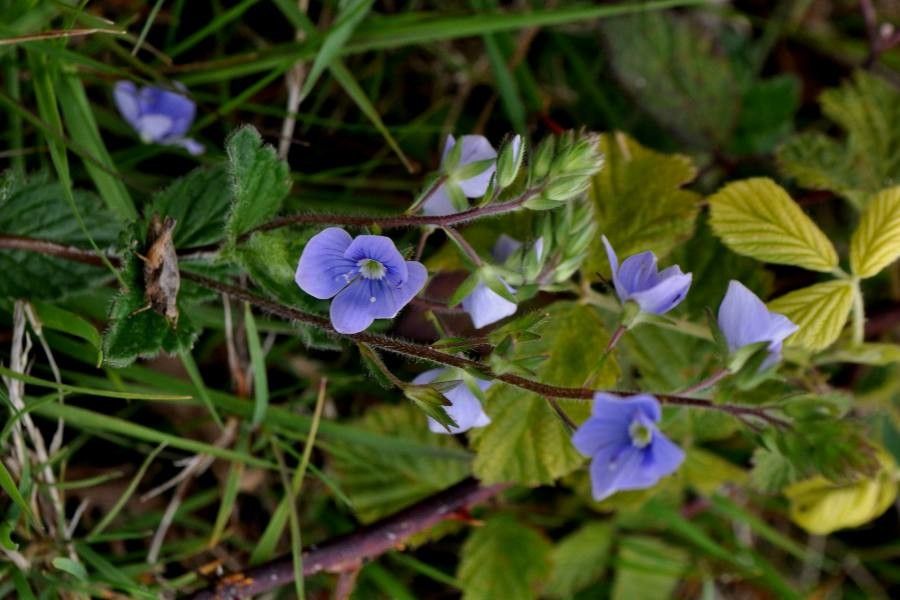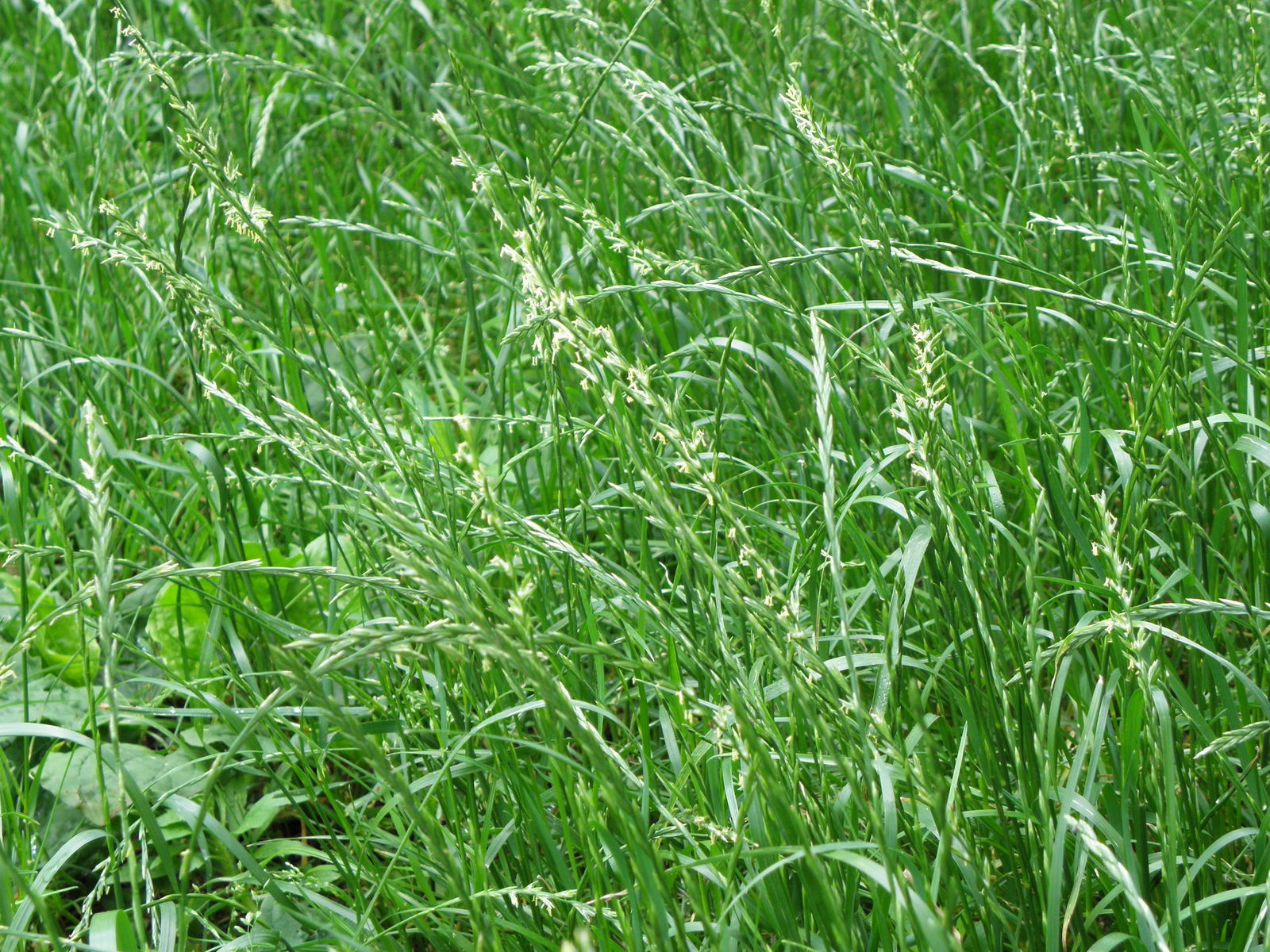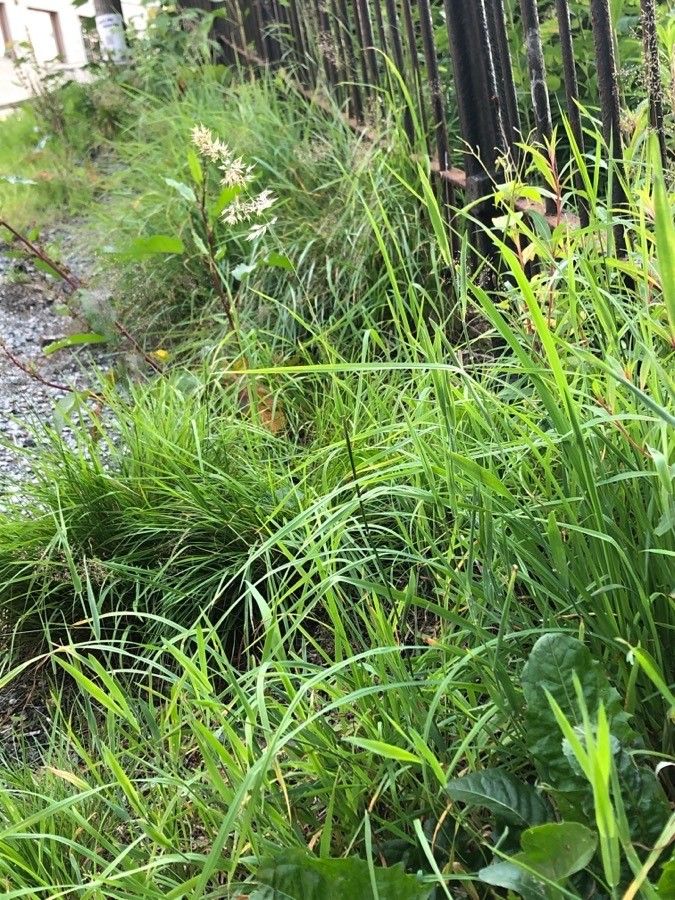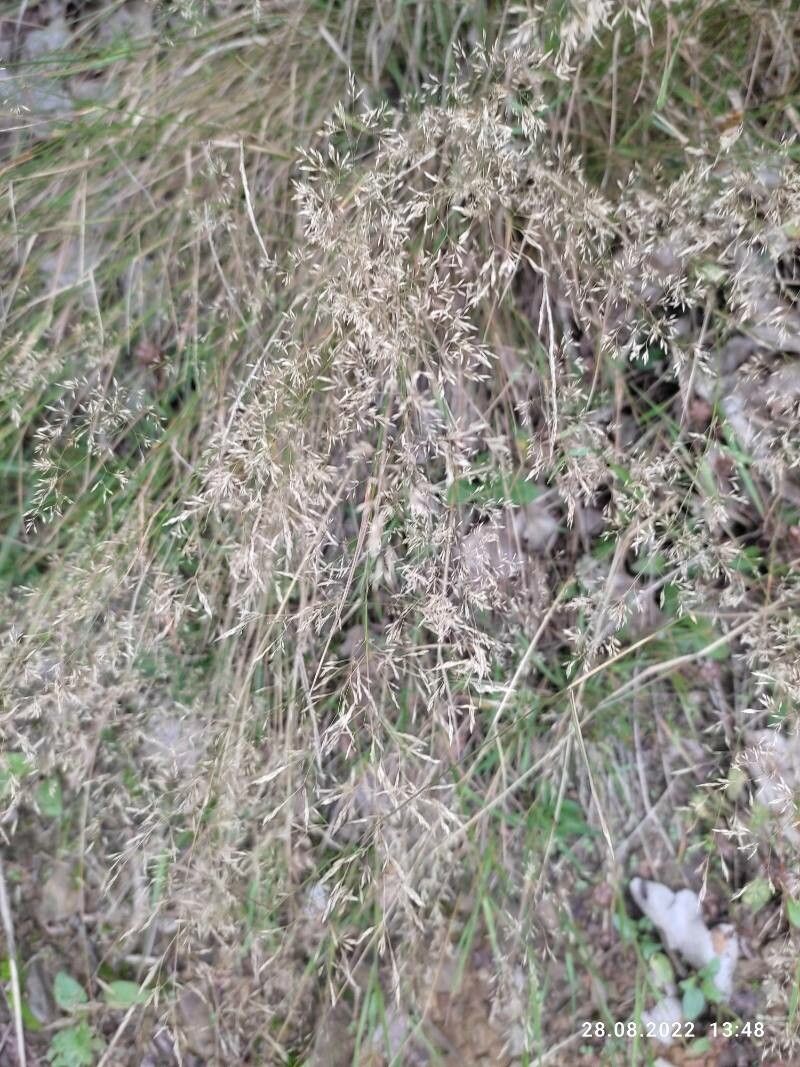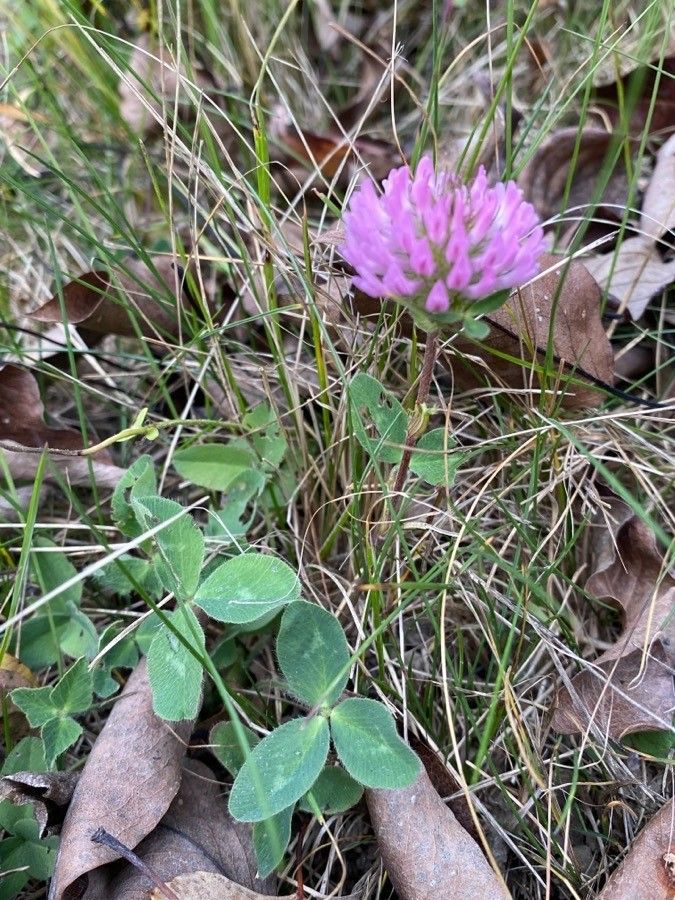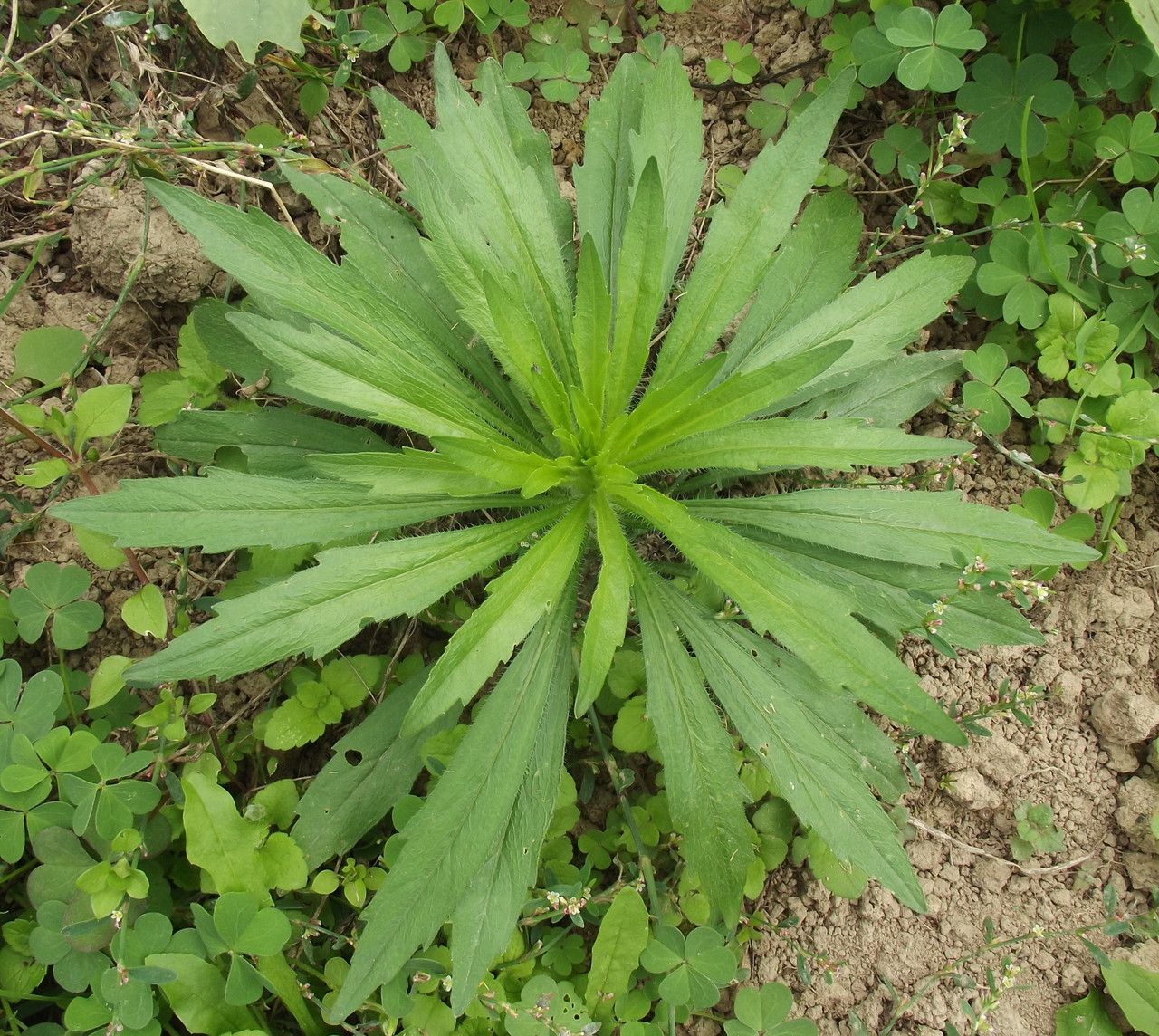Hedge vetch
Meet Hedge vetch, a cheerful climber often seen scrambling over hedgerows! This plant is a haven for pollinators like bees, supporting a healthy ecosystem. Historically, it was used as forage for animals. With its pretty purple flowers and ability to fix nitrogen in the soil, Hedge vetch is both beautiful and beneficial to the environment … Read more
